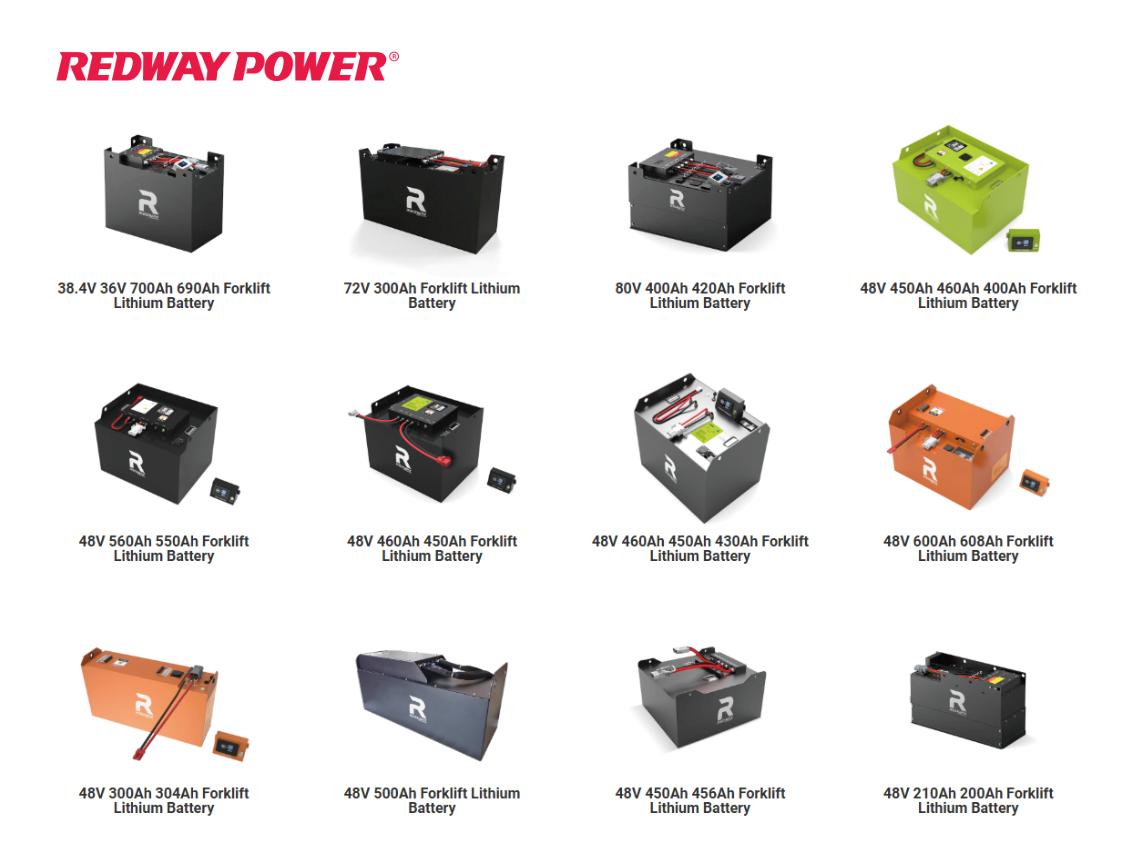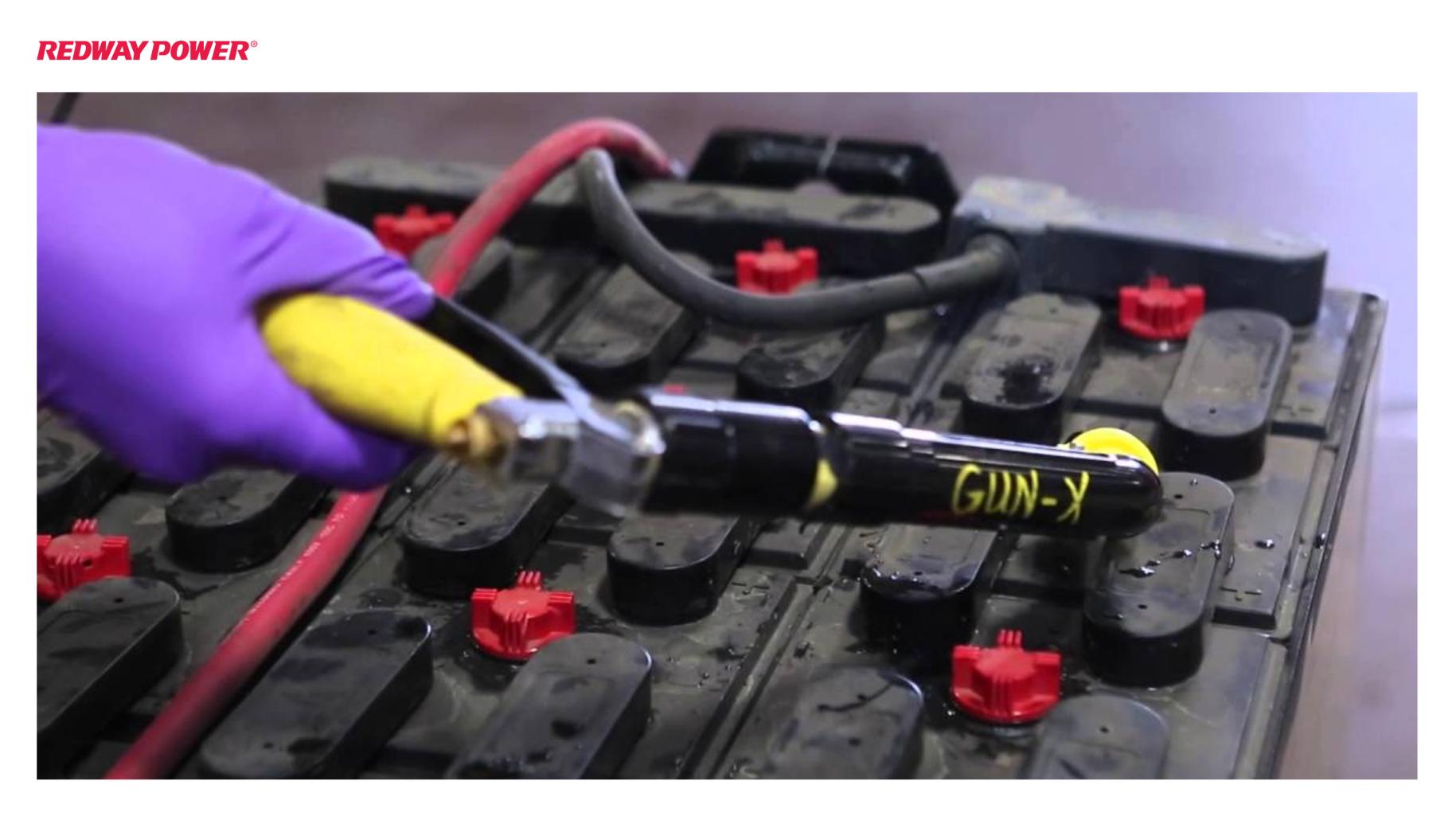To locate the battery on a Toyota forklift, first check under the operator’s seat or in the rear compartment. The exact location can vary by model, so it’s best to consult your forklift’s manual for details. Always ensure the forklift is powered off and follow safety precautions before accessing the battery.
Where to Find the Battery on a Toyota Forklift
Common Locations by Model
The battery location on Toyota forklifts varies by model, but it is typically found in one of two places:
Wholesale lithium golf cart batteries with 10-year life? Check here.
- Under the Operator’s Seat: Common in models such as Toyota 7FBE.
- At the Rear of the Forklift: Seen in models like Toyota 8FGCU.
| Forklift Model | Battery Location |
|---|---|
| Toyota 7FBE | Under operator’s seat |
| Toyota 8FGCU | Rear compartment |
Safety Precautions When Accessing Batteries
Before accessing a forklift battery, it’s essential to follow safety protocols:
- Turn off the forklift and remove the key.
- Wear appropriate personal protective equipment (PPE), including gloves and safety goggles.
- Ensure that no metal objects are near battery terminals to prevent sparks or short circuits.
| Safety Measure | Description |
|---|---|
| Turn Off Forklift | Prevents accidental operation |
| Remove Key | Ensures no power is supplied |
| Wear PPE | Protects against battery acid exposure |
Steps to Access the Battery
Want OEM lithium forklift batteries at wholesale prices? Check here.
Tools Required for Accessing the Battery
To access the battery, you may need specific tools:
- Screwdriver: To remove screws securing covers.
- Wrench: To loosen bolts if necessary.
- Ensure safety by turning off the forklift.
- Locate the battery compartment based on your model.
- Remove any covers or panels obstructing access.
Battery Maintenance Best Practices
To maintain your Toyota forklift battery, regularly check the electrolyte levels and add distilled water after charging. Clean the terminals to prevent corrosion and ensure proper charging practices. Charge the battery when it drops below 30% and avoid running it past 80% discharge. Following these steps will help extend your battery’s life and improve performance.
Charging Guidelines
Proper charging is vital for battery longevity:
- Charge batteries after they drop below 30%.
- Avoid running the forklift when battery discharge exceeds 80%.
| Charging Frequency | Recommended Action |
|---|---|
| Below 30% | Charge immediately |
| Above 80% | Do not operate forklift |
Watering and Cleaning Procedures
Maintaining proper water levels is essential:
- Use distilled water to top off batteries after charging.
- Clean any spills immediately to prevent corrosion.
Common Issues and Troubleshooting
Regular inspections can help identify common issues:
- Overheating batteries may indicate malfunction.
- Corrosion on terminals can lead to poor connections.
If you notice these issues, consult your manual or contact a professional for assistance.
Latest News in Forklift Technology
Recent advancements in forklift technology include improved battery designs that enhance efficiency and reduce charging times. Companies are increasingly adopting lithium-ion batteries due to their longer lifespan and lower maintenance needs compared to traditional lead-acid batteries.

forklift lithium battery oem factory
Redway Expert Comment
“Investing in proper maintenance practices not only extends the life of your forklift batteries but also enhances overall operational efficiency,” says an industry expert at Redway Tech. “Regular checks and adherence to charging protocols can save companies significant costs in downtime and replacements.”
FAQs
- Where can I find my Toyota forklift battery?
You can find the battery for your Toyota forklift typically located under the operator’s seat or at the rear of the forklift. To access it, ensure the forklift is powered off, remove any covers or panels, and follow safety protocols to safely inspect or maintain the battery. - What are the steps to maintain my Toyota forklift battery?
To maintain your Toyota forklift battery, regularly check electrolyte levels and top off with distilled water after charging. Clean the battery terminals and case to prevent corrosion. Additionally, ensure proper charging practices and inspect for any signs of damage or wear to prolong battery life. - How often should I check and maintain the battery for my electric forklift?
It is recommended to check and maintain your electric forklift battery at least once a month. More frequent checks may be necessary depending on usage conditions. Regular inspections help identify potential issues early, ensuring optimal performance and extending the battery’s lifespan. - How can I protect myself from battery acid exposure when working on my Toyota forklift battery?
To protect yourself from battery acid exposure, always wear appropriate personal protective equipment (PPE) such as gloves, goggles, and an apron. Ensure proper ventilation in the work area, and clean any spills immediately with a neutralizing agent to prevent corrosion and injury.
Know more:
toyota forklift battery location
toyota forklift battery access
toyota forklift battery






